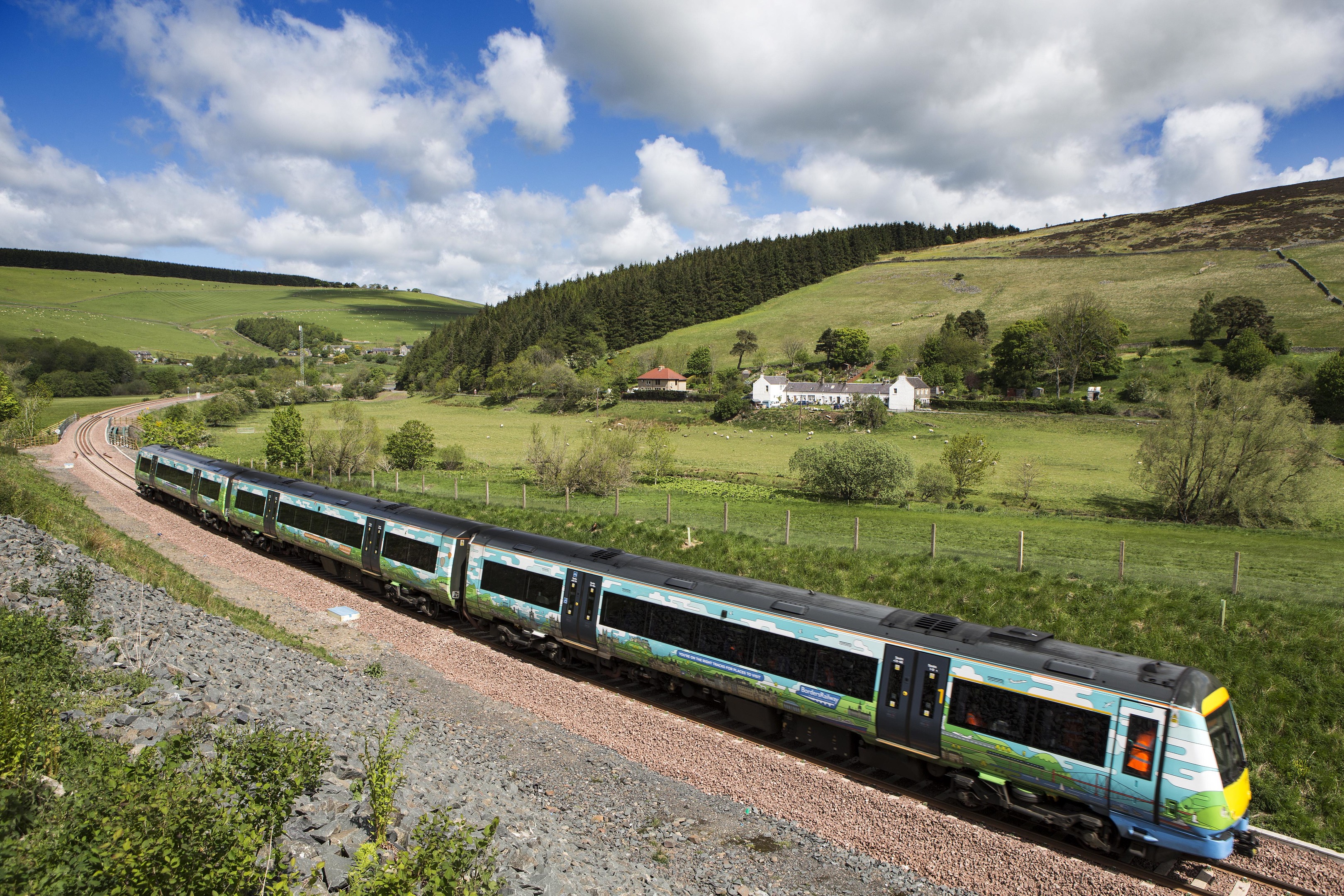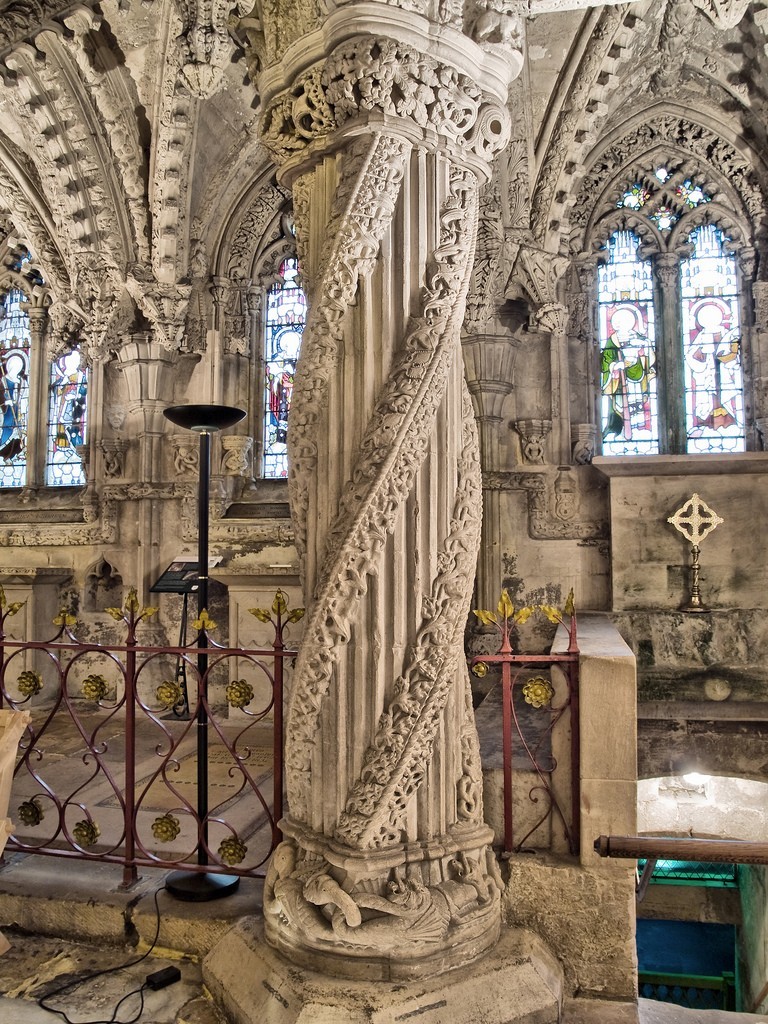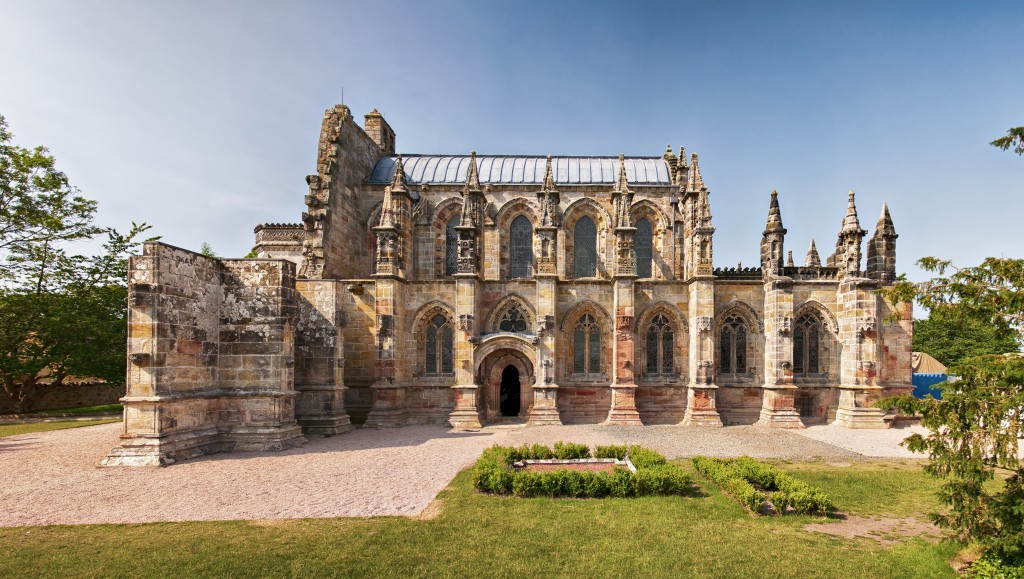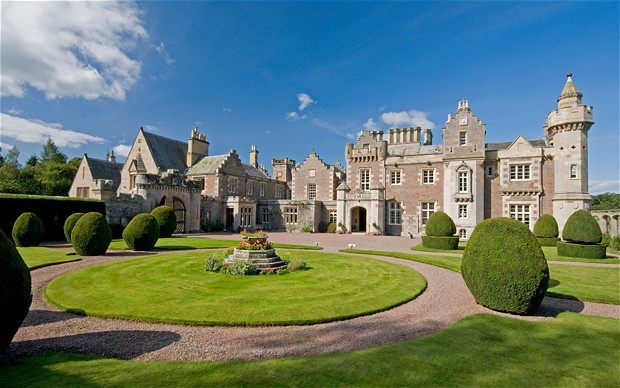
For decades, since the axe swung cruelly in the 1960s, a whole swathe of Scotland has been off the beaten track. Or, at least off the rail track.
When the Waverley Line closed, the Scottish Borders was the only region in Britain without a rail service. And Hawick was notoriously the largest town furthest away from a line.
Now, though, all that has changed.
The Borders Railway was opened in grand style last year with Her Majesty enjoying a birthday journey.
VisitScotland are telling all and sundry about the wonders to be found along its 35-mile route.
So, I decided to sample just three of the gems the world, and indeed the rest of Scotland, can discover.
First stop was Rosslyn Chapel, which is just a 10-minute taxi ride from Eskbank Station.
It’s just one of the attractions expecting a surge in visitors because of the railway.
But of course Hollywood did what a tourist board could only dream of when the chapel was immortalised on screen in The Da Vinci Code.
The global rush to see the real thing led to a host of changes. There’s a really sleek visitor centre, ultra-modern and with interactive displays with all-ages appeal.
There’s a modern touch, too, at the chapel itself in the shape of the giant multi-million pound canopy which keeps the building safe and dry. Inside, though, it really is one of Scotland’s ancient treasures.
Carvings are absolutely everywhere, from walls to pillars and even the ceiling.
That’s an amazing barrel-vaulted marvel.
Each of the five sections has different carvings; daisies, lilies, roses, simple flowers and stars.
It seems there’s a story attached to just about everything. And one of the best ways to find out a few of them is to catch one of the informal 20-minute guided talks.
Sitting on the 19th Century pews you learn everything from the laying of the earliest stone to the restoration process which started during Victorian times.
The talks paint a vivid picture of what it must have been like in its heyday, the candlelight picking out the intricate carvings.
None of the tales is more fascinating – or grizzly – than that of the apprentice pillar, carved by a keen youngster who was then beaten to death by the enraged master stonemason.
And of course no one can resist following Tom Hanks’ footsteps into the crypt.
Prior to Dan Brown’s blockbuster, another writer had visitors flocking to the chapel – Sir Walter Scott.
And his Abbotsford House is another must-see on the Borders Railway route. Tweedbank’s the hop-off spot here.
You learn about Scott’s early days including his encounter, aged 15, with Rabbie Burns and see his personal copy of Tam O’Shanter.
READ MORE
High points galore along the Yorkshire Heritage Coast
Feeling SPAtacular: Relax and recharge on the Firth of Forth
In all Scott wrote 23 best-sellers starting with Waverley in 1814.
You sense the Scottish Baronial style the minute you step into the entrance hall, all black oak panelling and covered in suits of armour and shields.
It leads through to Scott’s study where he spent his time writing to pay off his debts.
It’s lined with bookshelves on two levels, packed with tomes used by Scott right up to his death in 1832.
And beyond lies the library with views down over the gardens to his inspirational River Tweed.
His final journey was to Dryburgh Abbey and, following the same route as his mile-long funeral procession, takes you past Scott’s View, 600 feet above sea level.
And the Abbey itself, dating from the 12th Century, has a wonderfully colourful history.
Tranquil now as you wander round, it faced some much more dramatic times including being set ablaze by Edward II’s army.
It’s also the final resting place of a later military figure, Field Marshal Earl Haig.
Like many other places along the line, the abbey is now once again the rail thing.
Useful links…
Rosslyn Chapel: www.rosslynchapel.com
Dryburgh Abbey: www.historic-scotland.gov.uk
The Abbotsford Trust: www.scottsabbotsford.com
VisitScotland: www.visitscotland.com

Enjoy the convenience of having The Sunday Post delivered as a digital ePaper straight to your smartphone, tablet or computer.
Subscribe for only £5.49 a month and enjoy all the benefits of the printed paper as a digital replica.
Subscribe

